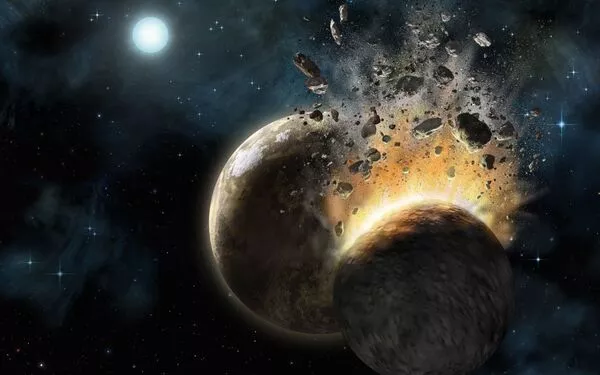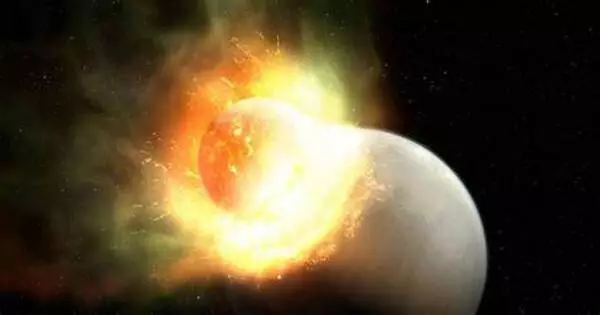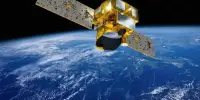Astronomers have become very adept at detecting signs of planet formation around stars. However, in order to gain a complete understanding of planet formation, we must also look at examples where planet formation has not yet begun.
It can be more difficult to look for something and not find it at times, but new detailed observations of the young star DG Taurus show that it has a smooth protoplanetary disk with no signs of planet formation. This successful non-detection of planet formation could indicate that DG Taurus is about to form a planet.
Planets form in protoplanetary disks, which are disks of gas and dust that form around protostars, which are young stars that are still forming. Because planet formation is so slow, astronomers must observe many protostars at slightly different stages of planet formation in order to develop a theoretical understanding.
The team found that DG Taurus has a smooth protoplanetary disk, without any rings which would indicate that planets are forming. This led the team to believe that DG Taurus system will start forming planets in the future.
This time, an international team led by Satoshi Ohashi of the National Astronomical Observatory of Japan (NAOJ) used the Atacama Large Millimeter/submillimeter Array (ALMA) to make high-resolution observations of a protoplanetary disk surrounding DG Taurus, a relatively young protostar located 410 light-years away in the direction of the constellation Taurus.
The team found that DG Taurus has a smooth protoplanetary disk, without any rings which would indicate that planets are forming. This led the team to believe that DG Taurus system will start forming planets in the future.

The researchers discovered that dust grains within 40 AU (about twice the size of Uranus’ orbit in the Solar System) of the central protostar are still small, whereas dust grains beyond this radius have begun to grow in size, the first step in planet formation. This contradicts theoretical predictions that planet formation begins in the center of the disk.
These findings reveal surprising new information about the distribution of dust and other conditions at the start of planet formation. Future research on more examples will help us understand planet formation even more.
















